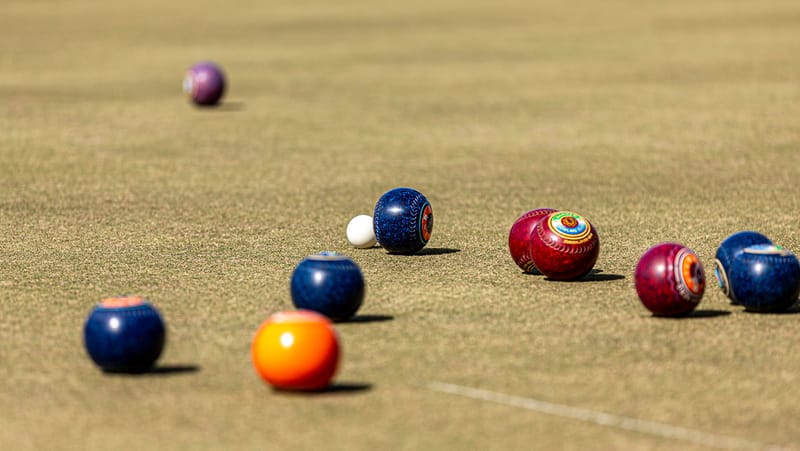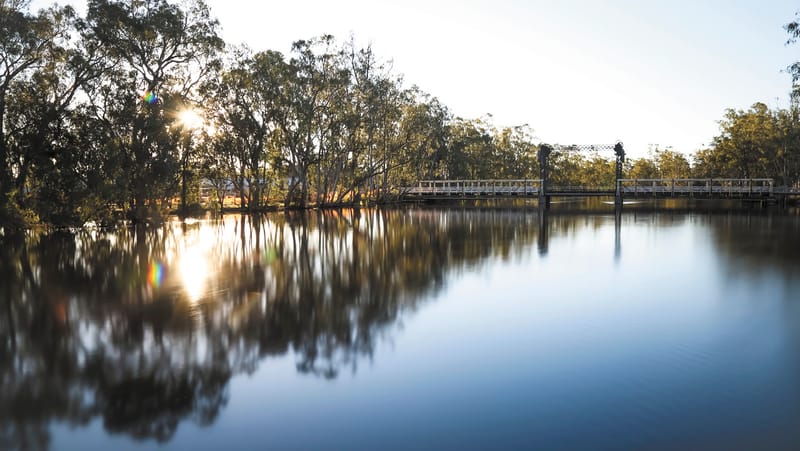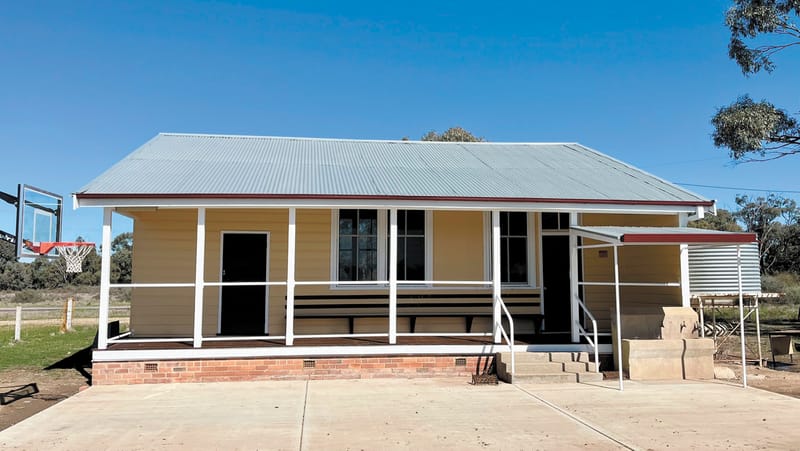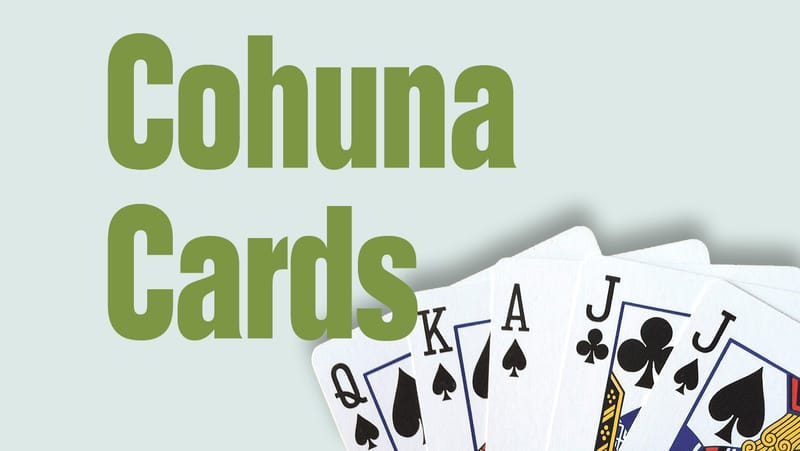Julie’s Journey of Self-Discovery
Some people choose to see the sights of another county by boat, bus, train, bike or plane – anything that lets you soak in the history, culture and atmosphere while relaxing. Julie McLoughlan prefers to immerse herself in a country by foot, hiking...
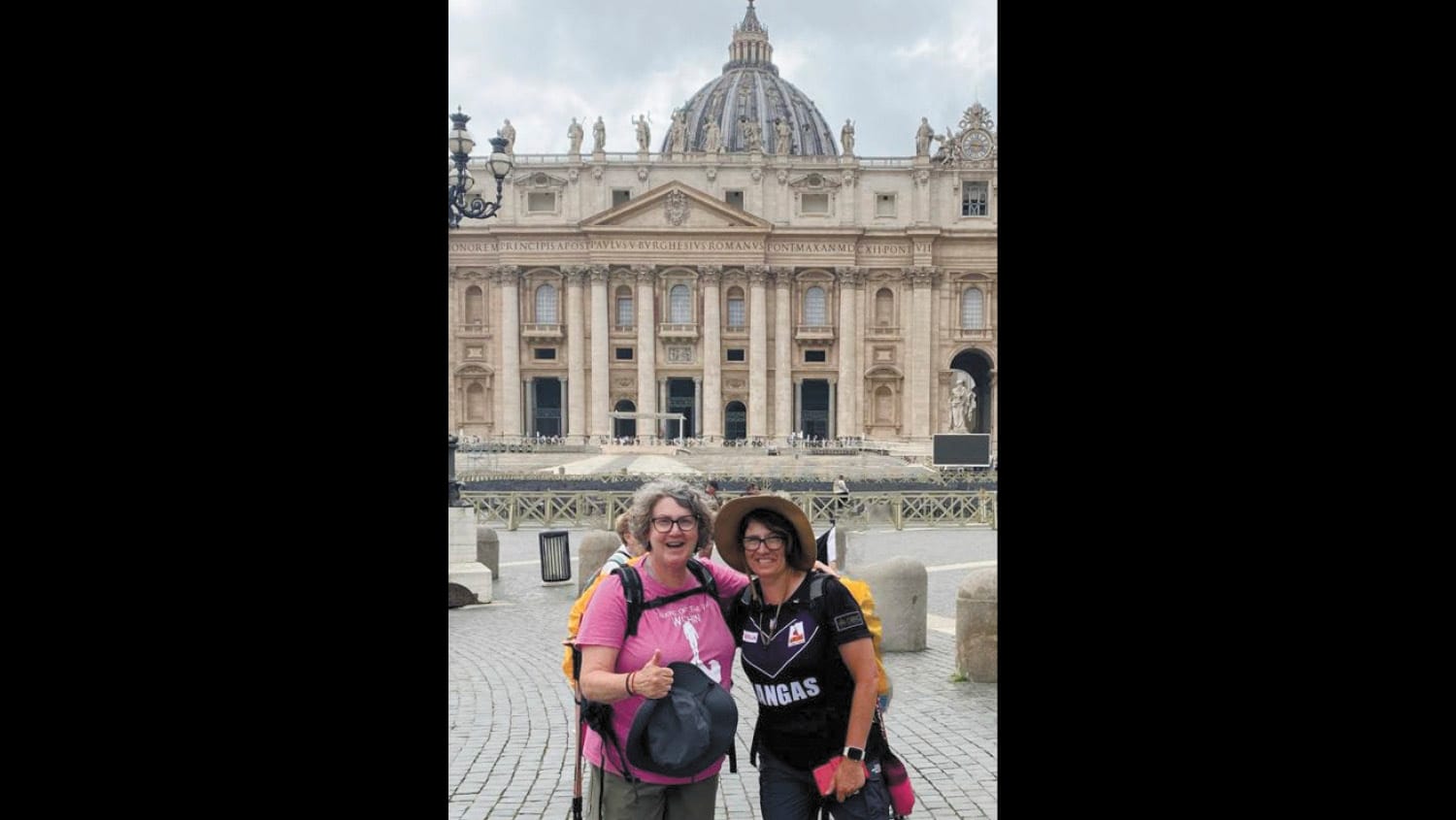
Some people choose to see the sights of another country by boat, bus, train, bike or plane – anything that lets you soak in the history, culture and atmosphere while relaxing.
Julie McLoughlan prefers to immerse herself in a country by foot, hiking 1,400km in the last two years in Spain and Italy.
The 805km Camino del Norte in Spain was something Julie had wanted to experience after seeing it on television, but her late husband Russell wasn’t keen. After Russell died in 2020, Julie went through a period of reflection and one of the things she felt compelled to do as part of her healing process was the hike.
“When Russell passed away and it was Covid, I was sitting here watching a repeat of the show – and I thought, I think I need to do that. I needed to get away and think about what the future is going to hold and what I want to do.”
Spain held a special place in Julie’s heart – it was where her parents and siblings had been born, and she felt it was the right place to go.
Julie and her hiking buddy Melinda Livens chose the coastal route for its scenery despite it being more difficult than the popular inland route. “The one on the coast looked amazing with all the fishing villages,” she said. “We started from San Sebastian and it was just beautiful. You had to come in from the coast too, so you also had farmland.”
Choosing the less popular route had its advantages, Julie says of the solitude, often going days without seeing anyone, in contrast to the last 100km when the routes converged, leading to San Diego Compostela, the final resting place of the apostle James.
With accommodation, luggage transfers and some meals arranged along the route, all the duo had to do was carry their day packs and soak in the amazing history, heading out the door after the 8am breakfasts and walking about 30km each day, often arriving at the next town late in the afternoon.
That hike took nine weeks during the Spanish autumn of 2022 and they covered 940km, returning home with a stamped Camino Pilgrim Passport, having met people from around the world, and having had plenty of time to think.
This year, the duo hiked the Via Francigena, a 28-day 440km hike from Lucca to Rome, one portion of the longer Canterbury (England) to Rome via France and Switzerland walk.
“It was through Tuscany, and it was a lot of hills and thousands of poppies. A lot of the towns were beautiful and had history – and had the walls still around them from when they used to fight against each other – but they all started to look the same.”
They again had accommodation, luggage transfers and some meals arranged, allowing a more casual and relaxed approach to their hike, unlike others who were trying to find accommodation as soon as they arrived in a town. “Everyone’s got their goal and what they want from it. They say it’s your way, you just do it your way and everyone’s different, you don’t judge anyone.”
Julie and Melinda stayed in a mix of motels and farm stays, preferring the latter where there was an abundance of donkeys, chooks, guinea pigs, goats, grapes and olives, and guests stayed onsite for a tea of local produce.
Out the door by 7am when they could, they walked 4-6 hours and an average of 20km a day, arriving at the next village by early afternoon, with ample time to explore the villages – and avoid the humidity.
The hike took them through all kinds of terrain following maps, signage and asking helpful locals. “Sandy, muddy, pebbly, grassy, all different tracks. You could tell people had walked there, so you just followed that, through long, wet grass. You’ve got to do it the way the pilgrims do it, you don’t have little nice paths to follow.”
Meats and cheeses were common breakfast foods, and the main meal (lunch or tea) was three courses, salamis and cheeses, meatballs and then pasta, and there was no shortage of pasta, pizza, risottos, soups, gelato and coffee. In fact, because of the charge to use public toilets, they would buy a coffee and use the café’s toilet.
As beautiful as it was seeing thousands of years of well-preserved history, amazing scenery, deers, and meeting the locals, Julie says the worst part of the day was walking the hills into the towns, especially when Cohuna doesn’t have hills to train on.
“The first week’s probably your training to get your body used to them. And the towns were always up on top of a hill – so you think you’ve finished the walk, and then it’s probably 5km to go up – it was a nightmare.”
Despite being shorter, the Italian hike was more challenging than the first and Julie attributes that to a different mindset. “The physical challenge was going up the hills, but mentally was probably getting through the days for Italy. I enjoyed it, I loved Italy, but I did miss home a lot the second time around – I missed the boys a lot. The first time was probably more about me – it was a whole different ball game.”
Once finished, the women spent a few days sightseeing in Rome, surprised by Julie’s son Darcy, and by chance stumbling across the Pope at the Vatican, albeit from a distance.
Julie has clocked up around 1,400km on her two hikes, and has not been on just a journey of a lifetime, she has been on a journey of self-discovery.
“It helped a lot to work out what I want,” Julie said of the Spanish hike. “It’s like you plan your life with someone, and then they’re not there. So, you’ve got to try and find yourself again. That helped a lot. I felt like I was going home, but I wasn’t even born in Spain, and it was more about that.
“Then, I realised this time around, I’m a whole different person than what I was, even though it was only 18 months before.”
Julie’s long-term plans include hiking the full 3,000km of the Via Francigena when she retires.
Julie’s top tips: 1. Cover your feet in Vaseline and two pairs of socks to avoid blisters (worked on both hikes); 2. Hiking sticks are your best friend.



